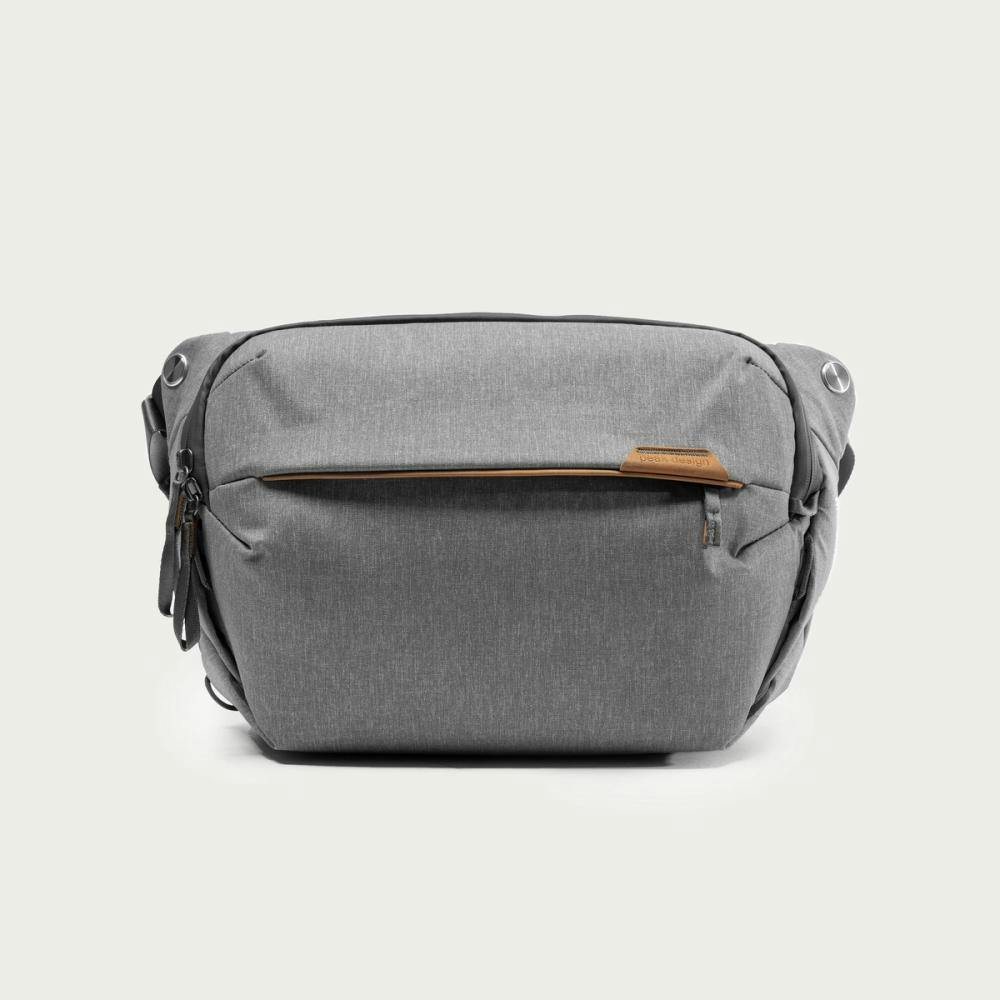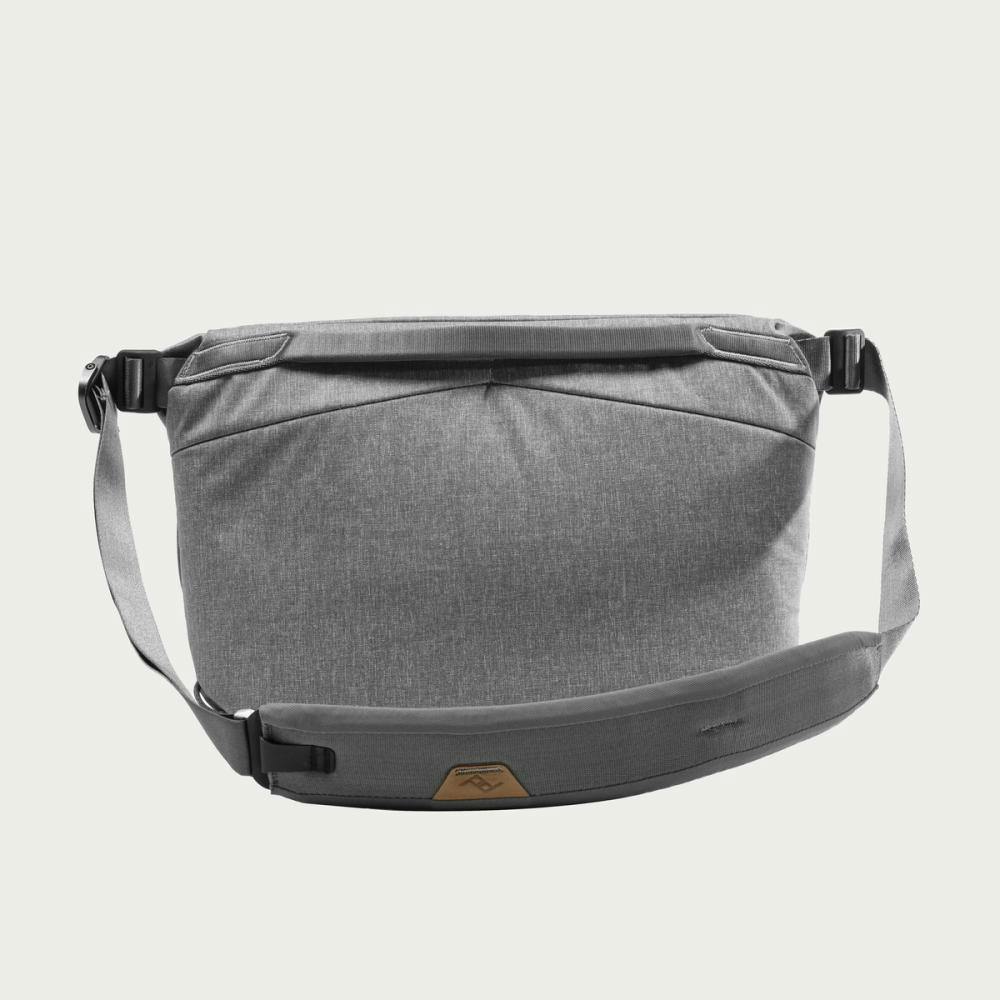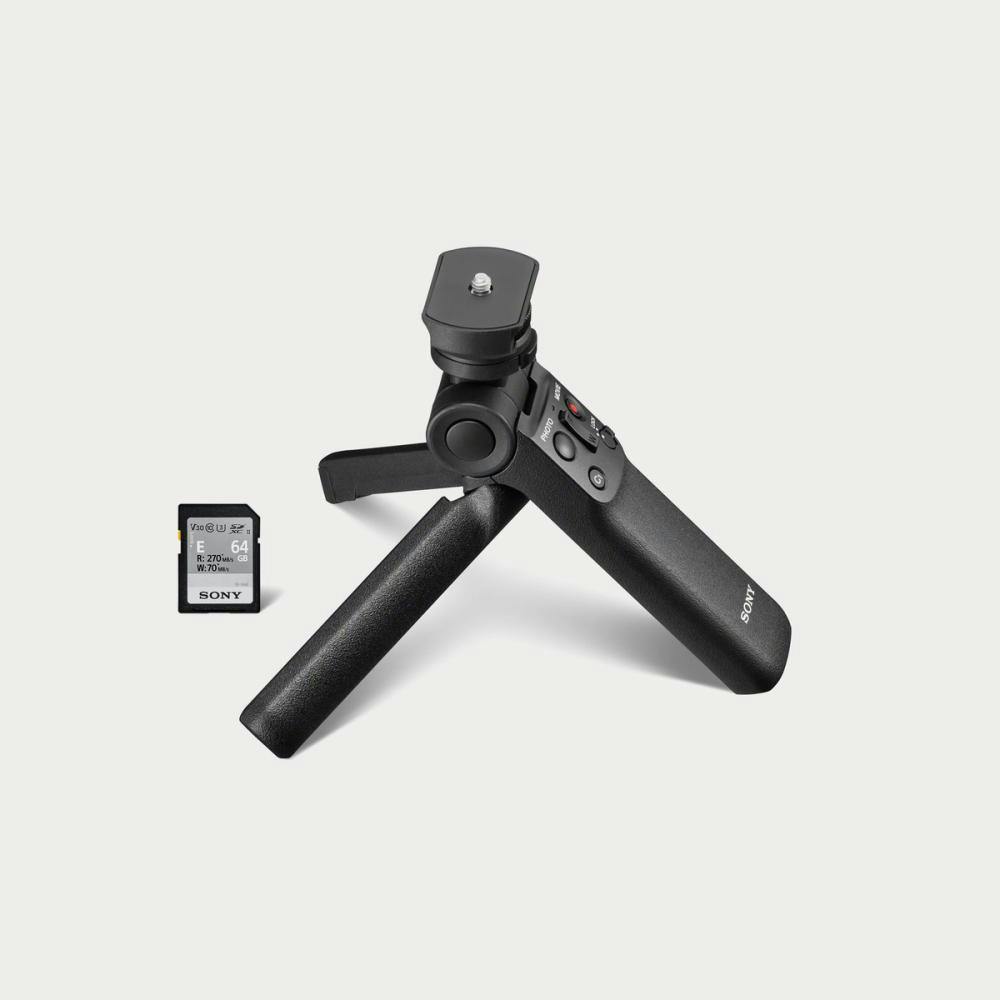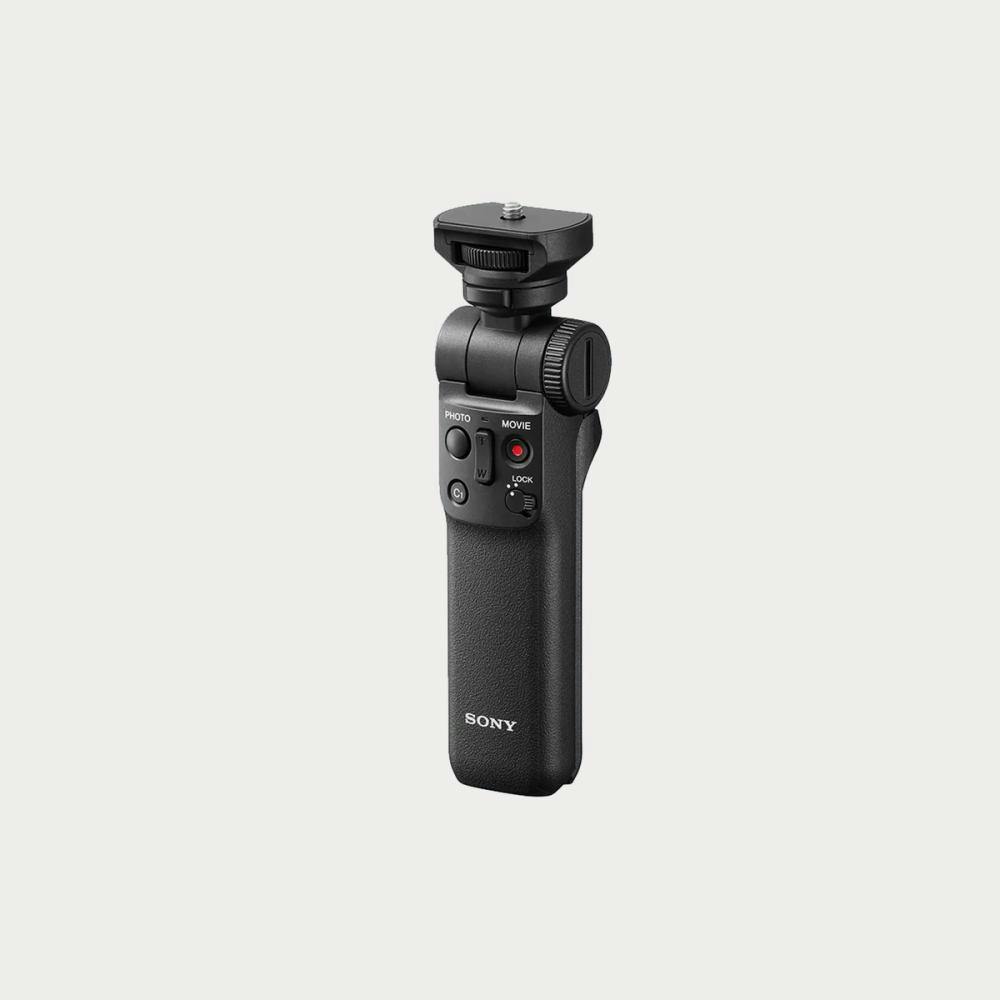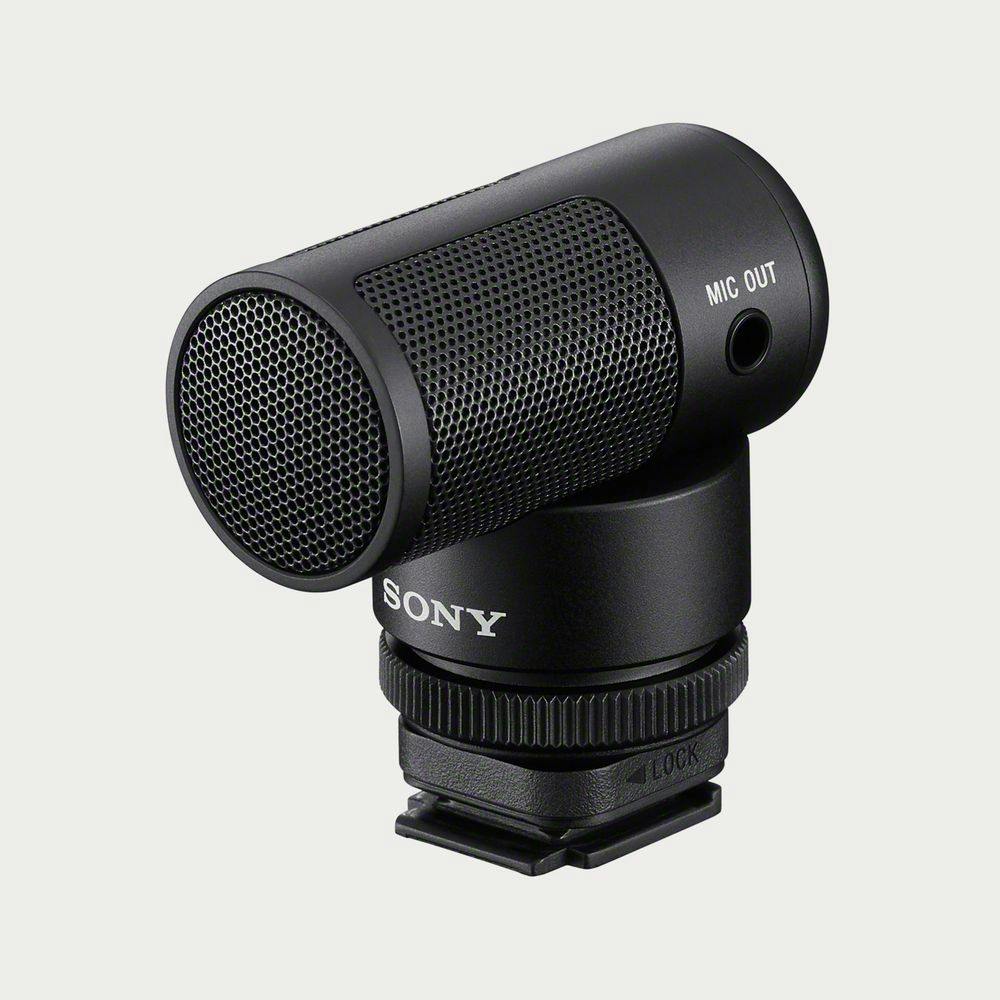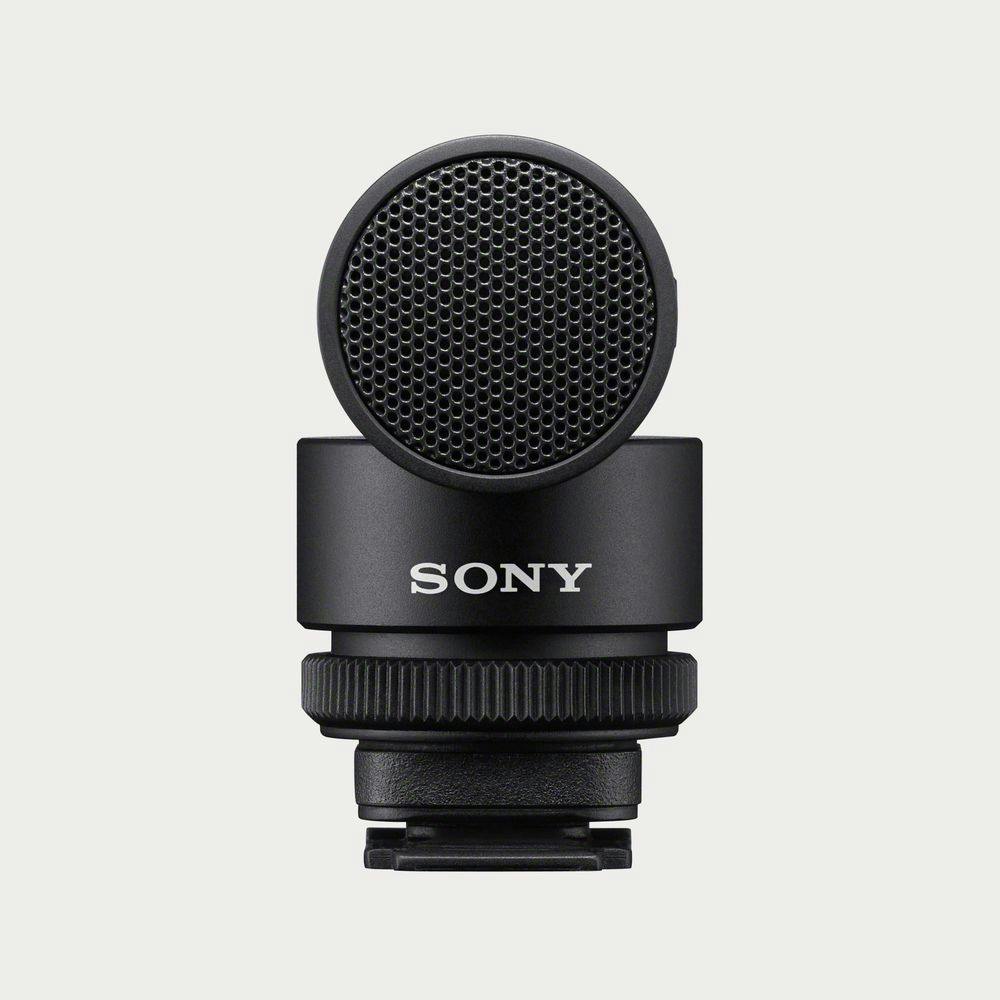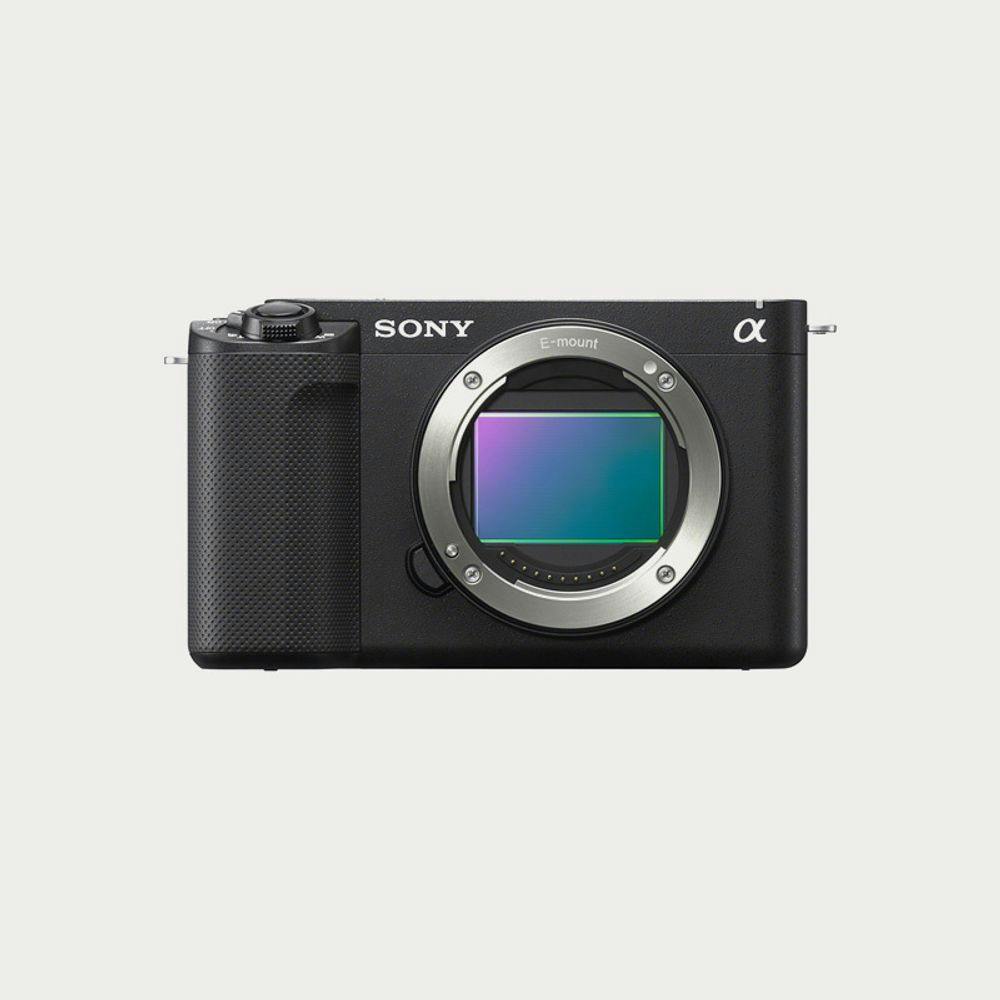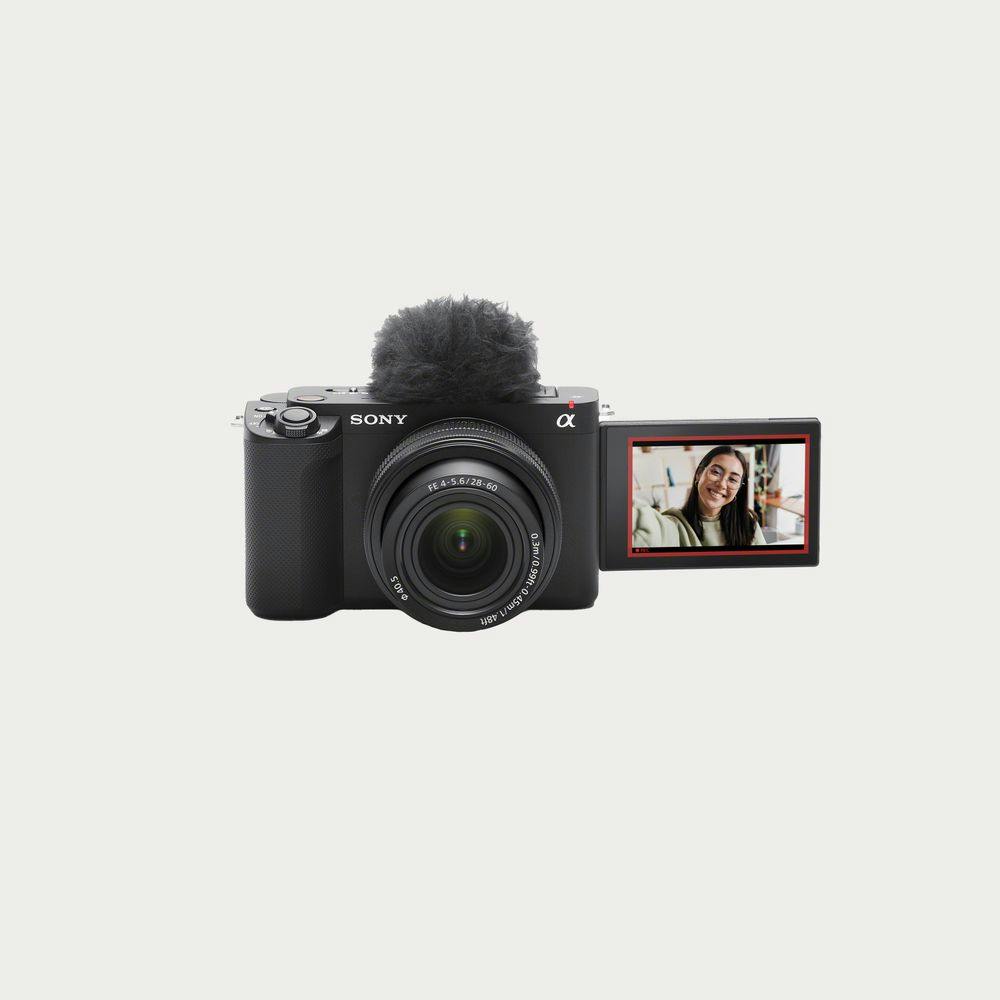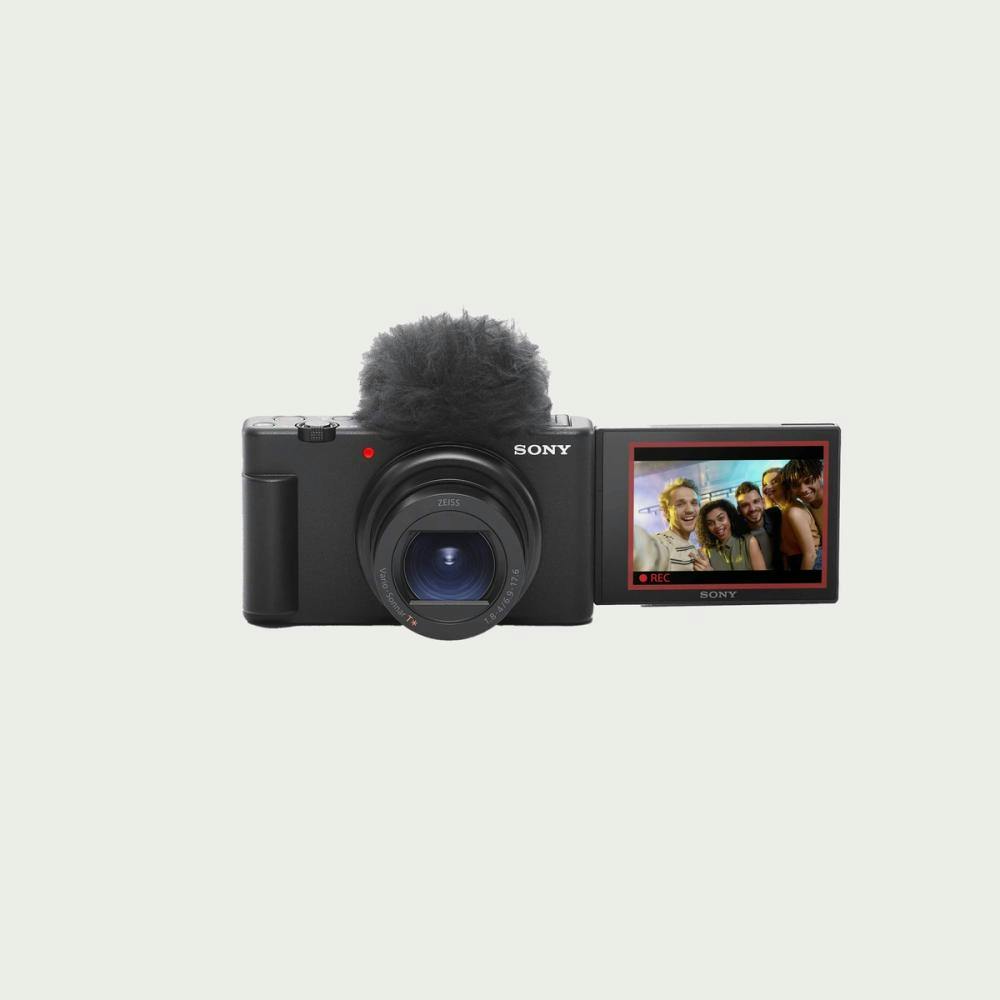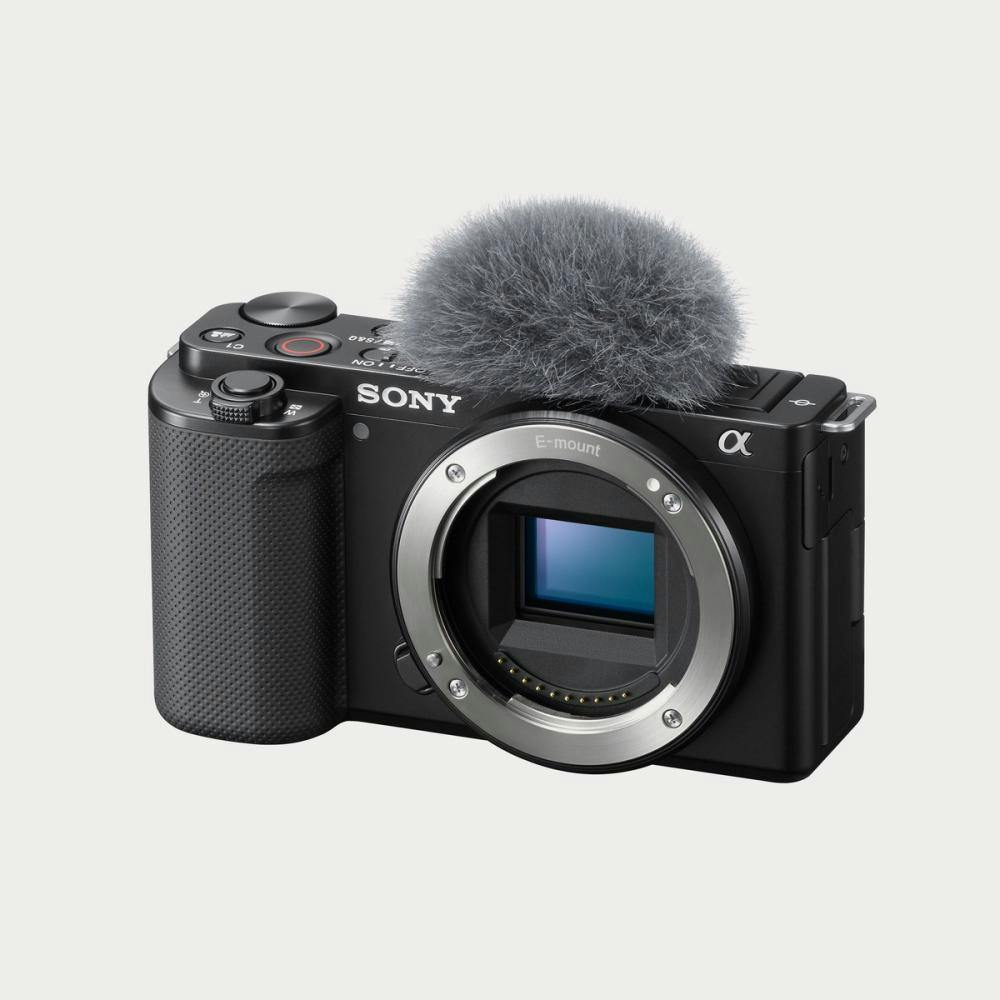
Sony ZV-1F Vlogging Camera - Black









Sony ZV-1F Vlogging Camera
Specifically designed with vloggers and online content creators in mind, the ZV-1F is a pocket-sized camera with a large 1-inch sensor and wide-angle 20mm1 F2.0 lens, ideal for capturing more in the scene – even at arm’s length, and excellent in low-light situations. It’s packed with easy-to-use features, including Sony’s acclaimed Eye-AF3 and autofocus tracking with simplified Background Defocus function, Face Priority AE (autoexposure) and Product Showcase setting, plus a new touchscreen interface, making it easier to use.
SKU: ZV1F/B
Easy Bokeh
Get beautiful defocused backgrounds like a pro, with just a press of the Bokeh Switch. The camera’s large 1-inch (1.0-lype) image sensor and wide F2.0 aperture lens allows for true optical bokeh. Select (Defocus) to make the main subject stand out against the defocused background bokeh, or (Clear) to keep the entire image in focus.

Slow Motion Or Speed
Capture those touching moments in slow motion or ramp up the energy for dramatic scenes- all without any editing. With the ZV-1F, you can adjust the footage speed just by pressing the S&Q (Slow & Quick)2 button. Shoot smooth video at speeds up to 5x slower, or use hyper-lapse shooting to make the video up to 60x faster and bring your vision to life

Creative Style Presets
Capture beautiful images to match your personal stye. Chose form one of 10 available Creative Style presets for pro-level footage - without worrying about complicated editing. Creative Styles can instantly enhance contrast, highlights, shadows, fade, saturation, sharpness and clarity.
Steady Footage
Showing your viewers the world around you makes engaging content, but shaky footage can be a bit distracting. The ZV-1F allows you to capture video clearly even while walking. Active Mode image stabilization helps to minimize image blur from handheld shooting for steadier shots.
Clear Voice Recording
Indoors or outdoors, the ZV-1F is designed to always capture your voice clearly no matter where you're shooting. The built-in Directional 3-Capsule Mic collects sound from in front of the camera, giving you high-quality audio, so you can put your energy into creativity instead of worrying about the sound while recording. The included windscreen helps to cut down on wind noise when shooting outside
Ideal For Product-Review Videos
Put your products on center stage with a single touch. Just set the Product Showcase setting, and simply hold a product in the center of the frame. The camera will automatically focus on it - with no additional gestures needed. Let your viewers concentrate on what counts - when it counts.

ZV-1F vs ZV-1
Which one's the best for you?

Take a ZV-1F tour
Frequently Bought With
Wireless Bluetooth Shooting Grip and Tripod GPVPT2BT
$139
Reviews
You might also like
Low Stock7 Options
Low Stock
Out of Stock
Low Stock7 Options
Out of Stock
Low Stock2 Options
Low Stock6 Options
Low Stock4 Options
Back-Order2 Options
Back-Order4 Options
